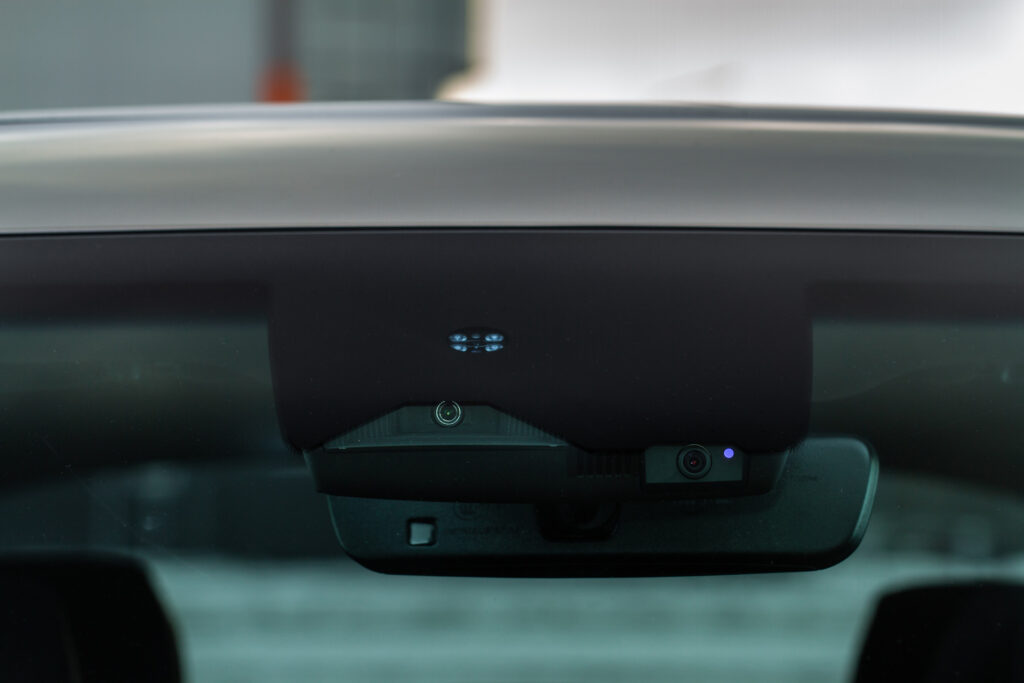Functional Safety in Autonomous Vehicles
In the rapidly evolving world of autonomous driving, ensuring functional safety is paramount.
As the integration of Artificial Intelligence (AI) and machine learning (ML) advances, autonomous and semi-autonomous vehicles software developers encounter unique challenges when it comes to automation safety components.
Addressing these challenges requires a comprehensive understanding of functional safety standards, particularly ISO 21448, also known as Safety Of The Intended Functionality (SOTIF).

Automation Safety Components and ISO 21448 SOTIF
ISO 21448 SOTIF plays a critical role in ensuring that autonomous vehicles operate safely, even in the absence of system failures. This standard is particularly focused on hazards that may arise from functional insufficiencies of the intended functionality or from reasonably foreseeable misuse by persons.
For instance, advanced driver assistance systems (ADAS) and emergency intervention systems, integral components of autonomous vehicles, can exhibit safety hazards without any system failure. The application of ISO 21448 SOTIF involves rigorous Functional Safety Requirements (FSR) analysis. These methodologies help in identifying potential malfunction scenarios and ensuring that the vehicle’s software and hardware components can safely handle them.
Using ISO 21448 will be key to ensure that AI artificial intelligence is able to make decisions and avoid safety hazards.
Adhering to the guidelines of ISO 21448 SOTIF, it is possible to move effectively in the complex landscape of autonomous vehicles safety. By integrating these safety standards and concepts, the automation safety components of vehicles can achieve the highest levels of functional safety, paving the way for reliable autonomous driving experiences.